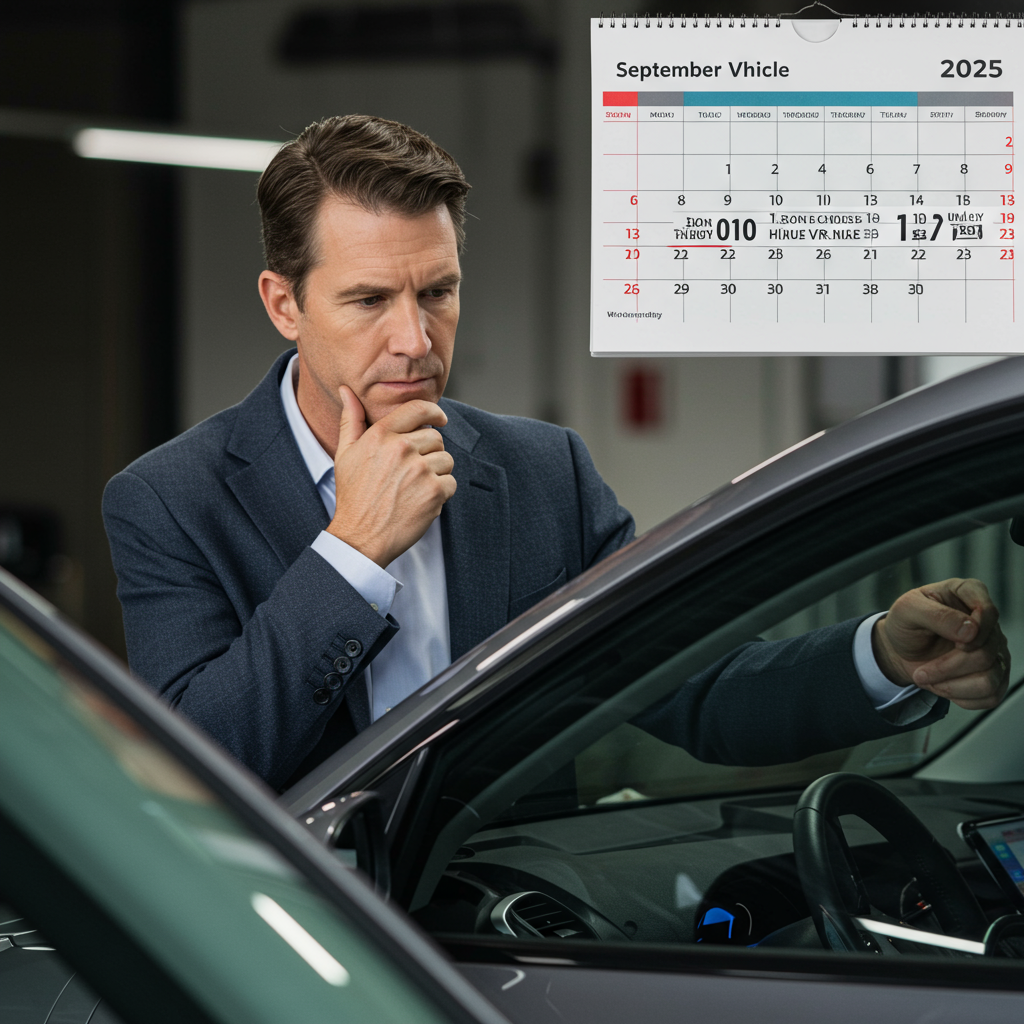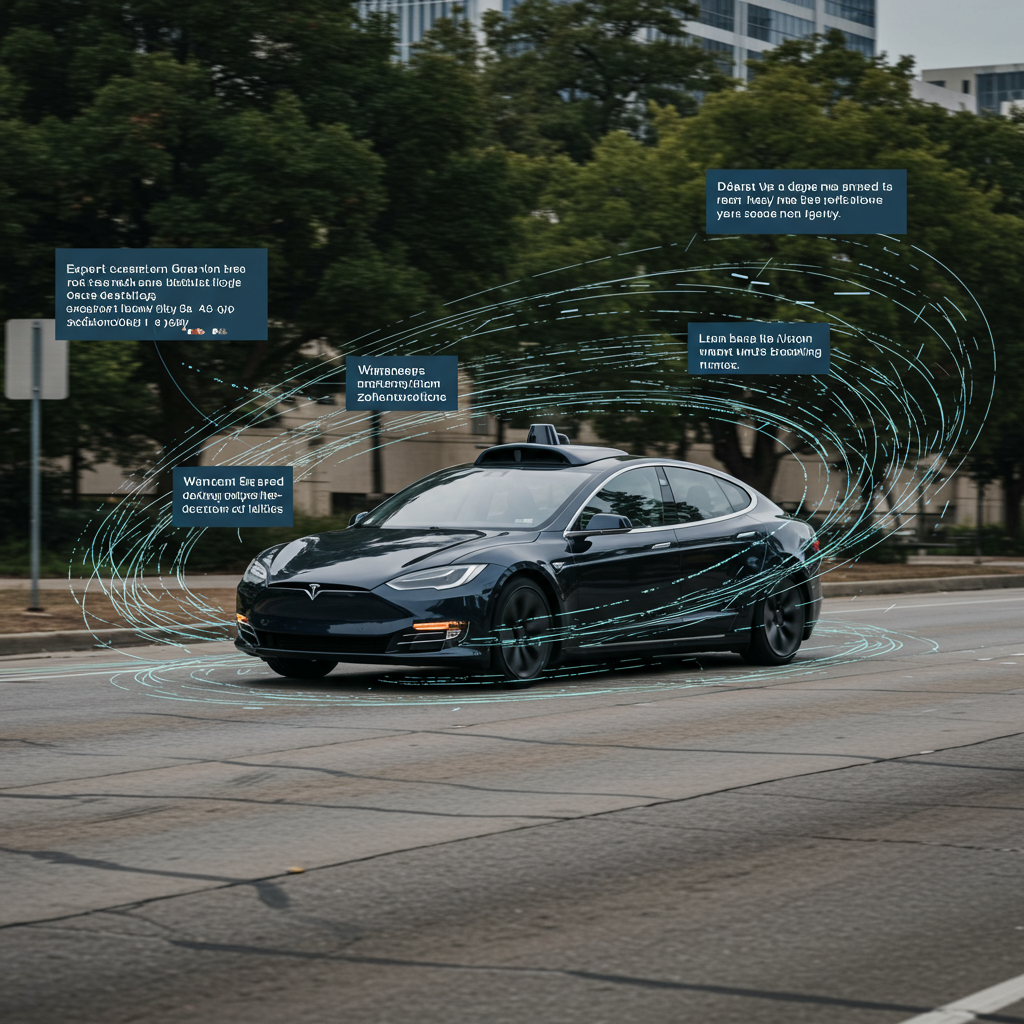Tesla’s Robotaxi Rollout: A Closer Look
Tesla recently launched its much-anticipated robotaxi service in Austin, Texas. While met with significant fanfare, the actual deployment was modest, involving only about 20 vehicles. This limited rollout stands in stark contrast to years of ambitious predictions from CEO Elon Musk regarding Tesla’s autonomous vehicle capabilities. The discrepancy between hype and reality raises questions about the company’s progress and the market’s reaction.
Years of Missed Predictions
A telling record of Elon Musk’s forecasts for autonomous Tesla vehicles exists on Wikipedia. This list tracks 21 predictions with specific timelines made by Musk. As of recent checks, a staggering 19 of these have not been met. A notable example is Musk’s bold claim in 2019 that Tesla would have “over a million robotaxis on the road” by the following year. The recent Austin launch occurred five years later and with approximately 999,981 fewer cars than promised, highlighting the significant gap between projection and execution.
The Paradox: Small Steps, Big Stock Jump
Despite this pattern of missed deadlines and the minimal scale of the Austin deployment, the launch triggered a considerable positive reaction in the market. Following just one day of operation, Tesla’s stock price jumped 8.2 percent, adding a remarkable $96 billion to its market capitalization. This surge added an estimated $12 billion to Elon Musk’s personal value.
How could such a limited demonstration of capabilities lead to such a significant market boost? Some analysts suggest that after years of building high expectations and consistently failing to meet them, any tangible progress in the autonomous vehicle space, no matter how delayed or small, is perceived as a breakthrough by investors eager for positive news. This dynamic may be amplified by pressures on Tesla’s core electric vehicle business, which faces increasing competition and slowing growth, making the autonomous ride-sharing narrative particularly appealing as a potential future revenue stream.
The Reality Check: Not Without Hitches
While the initial day was largely described as “uneventful” in the sense that no major incidents occurred, it wasn’t entirely smooth sailing. User videos reportedly surfaced showing instances of questionable driving behavior by the robotaxis, including one vehicle allegedly cutting across a double yellow line into oncoming traffic. These reports have reportedly led to contact between Tesla and the National Highway Traffic Safety Administration (NHTSA), underscoring the complex safety challenges inherent in deploying autonomous vehicles.
The Road Ahead: Trillions or Still Billions Needed?
Musk and some bullish investors paint an extremely optimistic long-term picture for Tesla’s robotaxi business, envisioning a future potentially worth “trillions.” Musk has likened the concept to “Airbnb on wheels,” suggesting vehicle owners could rent out their cars autonomously.
However, the path to establishing a profitable, mass-adopted autonomous taxi service is long and fraught with challenges. Developing truly reliable and safe autonomous technology requires massive, ongoing investment – potentially billions more. Competitors like Alphabet’s Waymo have been operating robotaxi services for years but still face significant hurdles in scaling profitably. Success demands an extremely high bar for both reliability and affordability, and achieving it is far from guaranteed.
Ultimately, Tesla’s limited robotaxi launch in Austin represents a small step taken years after grand promises. While it successfully generated excitement and boosted stock value, the significant technological, safety, and business challenges of creating a widespread autonomous ride-sharing network remain formidable. Investors may have reacted enthusiastically to a perceived breakthrough, but the “embarrassing truth” of the long history of missed predictions and the complex reality of autonomous deployment still loom large.



